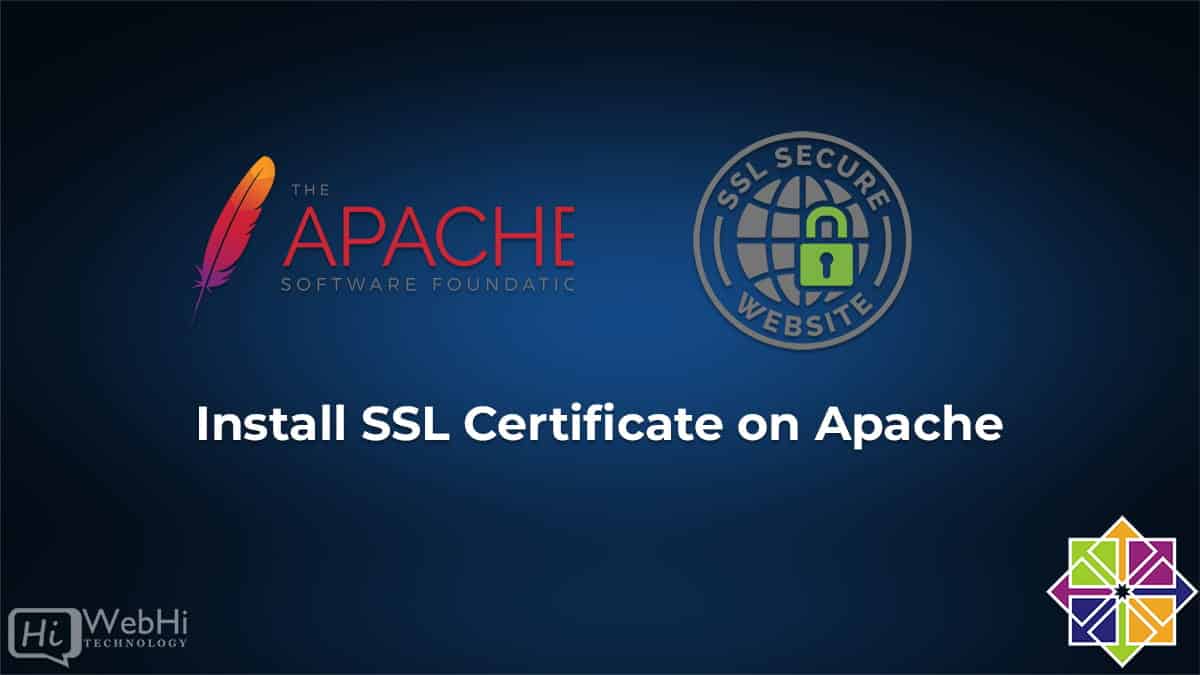
1- Copy/paste the Certificate files into your server.
Download your SSL Certificate file from your Provider, then paste them into your server’s directory where you will maintain your certificate and key files. Make them possible to read uniquely by root.
2. Install Mod SSL
To install mod_ssl you can check out our installation guide here.
3. Set Up the Certificate
Start by copying your certificate file in /etc/ssl/private
$ mkdir -p /etc/ssl/private
$ chmod 700 /etc/ssl/privateNext is setting up the virtual hosts to showcase the new certificate.
$ sudo vi /etc/httpd/conf.d/ssl.conf<VirtualHost *:443>
DocumentRoot /var/www/html
ServerName www.example.com
SSLEngine on
SSLCertificateFile /etc/ssl/private/certificate.crt
SSLCertificateKeyFile /etc/ssl/private/private.key
</VirtualHost>After these edits are completed, save and close the file.
Adjust the file names for them to go with your certificate files:
- “SSLCertificateFile” is supposed to be your certificate file (e.g., your_domain_name.crt).
- “SSLCertificateKeyFile” is supposed to be the key file generated when you made the CSR.
4. Redirect to HTTPS
To redirect traffic to become SSL encrypted, go ahead and open a file ending in .conf in the /etc/httpd/conf.d directory:
$ sudo vi /etc/httpd/conf/httpd.conf<VirtualHost *:80>
ServerName www.example.com
Redirect "/" "https://www.example.com/"
</VirtualHost>Once completed, save and close the file.
5. Verify the config of your Apache before you restart.
$ apachectl configtestRestart Apache.
$ systemctl restart httpdYou are now ready to use the SSL certificate along with your Apache-SSL server.
Check out our SSL certificates offers, you can get cheap SSL from all known SSL providers.
